Rules of Speed in F1 Games
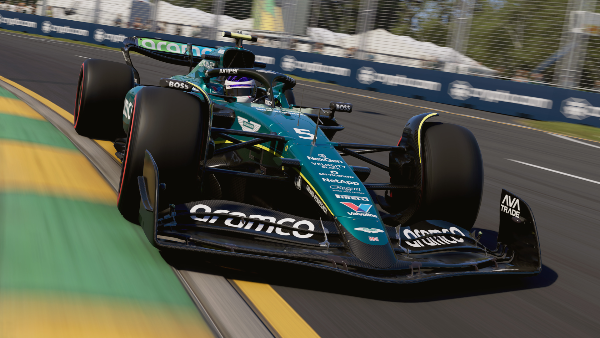
Before we name the fastest F1 car of all time, agree on the ruler. There are three common yardsticks:
-
Fastest average lap speed: A complete lap measured by average velocity. This reflects full-lap performance, not just a single straight.
-
Highest top speed: The single highest velocity recorded—spectacular, but often shaped by slipstream, DRS, and track type.
-
Dominance across a season: Not a pure speed stat, but relevant when we talk about cars that rewrote records and crushed the field.
⚠️ Why it matters: If you’re after the fastest F1 car of all time by lap speed, one car leads. If you want the F1 top speed record, a different car sits at the top. And if you judge by year-long supremacy, yet another icon might be your winner. Motorsport’s deep-dive frames these distinctions clearly and compiles current benchmarks from the modern era through historic greats.
The lap-speed benchmark: Mercedes W11
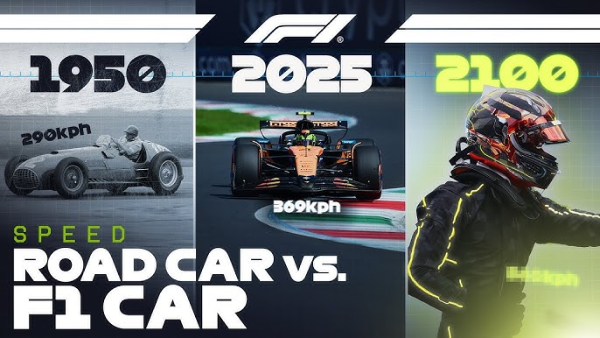
By the most meaningful metric—fastest average lap speed—the Mercedes W11 is the modern reference. At the 2020 Italian Grand Prix in Monza, Lewis Hamilton set an F1 record average lap speed of 264.362 km/h (164.267 mph), establishing the W11’s claim as the fastest F1 car of all time around a full flying lap. That figure eclipsed the previous benchmark and remains the headline stat when fans debate the ultimate all-round pace of an F1 machine.
Why it’s compelling
-
A lap record shows cornering, braking, traction, and aero efficiency—full-package speed—not just a straight-line blast.
-
Monza, with its long straights and heavy braking, rewards power and low-drag efficiency; to set the fastest average there, a car must be superb everywhere.
In short: if your definition of the fastest F1 car of all time is “the quickest around a lap,” the W11 wears the crown.
Top speed vs. lap speed: the record chart-toppers
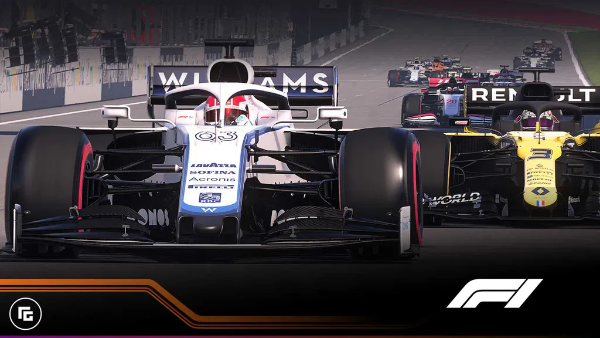
If you shift the lens to sheer velocity down a straight, the “fastest” badge points elsewhere.
-
Highest official top speed in Grand Prix qualifying: Valtteri Bottas’s Williams FW38 clocked 378 km/h (234.9 mph) at the 2016 European Grand Prix (Baku). That’s the F1 top speed record in session conditions and showcases how a low-drag setup and long straights can produce eye-watering numbers.
-
Modified-car speed runs: A Honda RA106—heavily modified for straight-line attempts—hit 397.36 km/h (246.908 mph) at the Bonneville Salt Flats, and even touched 413.205 km/h on a single run (not counted as the record due to return-run rules). These feats are spectacular but not directly comparable to race-legal configurations.
What this tells us
-
The fastest F1 car of all time in a top-speed sense doesn’t automatically translate to the fastest over a lap.
-
For most purists, the W11’s lap-speed record is the gold standard; for pure velocity, the Williams FW38 (and the Bonneville RA106, with caveats) shows how far a Formula 1 chassis can be pushed.
Eras and contenders: icons that defined “fast”
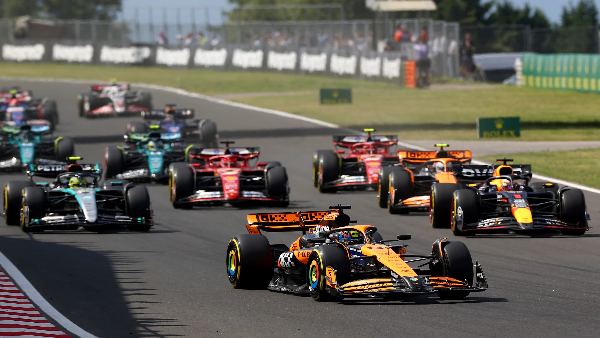
To understand how we arrived at the fastest F1 car of all time, revisit landmark cars that pushed technology:
-
Lotus 78 (1978) — The ground-effect pioneer. Its airflow-sealing skirts unlocked massive cornering downforce and redefined the handling envelope.
-
McLaren MP4/4 (1988) — Dominated 15 of 16 races with Senna/Prost. Its turbo era efficiency and packaging produced legendary one-lap and race-day pace.
-
Williams FW14B (1992) — A showcase for active suspension and driver-assist tech, marrying mechanical grip with aero sophistication.
-
Ferrari F2004 (2004) — Schumacher’s juggernaut, famous for multiple lap records and devastating race stints; still one of the quickest cars many tracks have ever seen.
-
Red Bull RB7 (2011) — Exhaust-blown diffuser wizardry and Adrian Newey’s aero mastery powered astonishing qualifying dominance.
-
Ferrari SF70H (2017) — The first of the modern wide-car era to put Ferrari back in the title fight with serious one-lap punch.
-
Red Bull RB18 (2022) — The ground-effect rules reset revitalized Red Bull; an efficient floor and stable aero made the RB18 an all-weather weapon.
-
Red Bull RB20 (2024) — Entered the year as the preseason pace-setter; competitive dynamics later tightened, but it remained the car to beat for long stretches.
Each of these machines advanced the sport toward the fastest F1 car of all time, whether by pure lap time, relentless consistency, or season-long superiority.
Watch F1 safely anywhere with VPN
UFO VPN - The best free VPN helps:
Knowing the fastest F1 car of all time is fun; actually watching every qualifying and race, wherever you are, is better. Two practical obstacles often get in the way:
-
Regional streaming restrictions or network blocks (e.g., office, campus, hotel).
-
Activity-based ISP throttling that slows live sports.
A free proxy VPN in UFO VPN is the simplest fix. UFO VPN helps you stream privately and reliably:
-
Smart Connect picks a nearby, uncongested server for smooth HD streams.
-
AES-256 encryption shields your logins and personal data on public Wi-Fi.
-
Split Tunneling routes only your streaming app through the VPN to minimize overhead.
-
Kill Switch & no-logs policy add safety if a connection ever drops.
-
2000+ global servers across 100+ countries give you a stable route on race day.
If a local network blocks your service or your provider throttles live video, a secure tunnel helps you watch qualifying laps, pole runs, and that decisive attempt that might rewrite who we call the fastest F1 car of all time—without buffering and without revealing your IP.
🩵4 Steps to Open UFO VPN🩵
UFO VPN is compatible with mobile and desktop devices. Download UFO VPN for iOS, UFO VPN for Android on mobiles or UFO VPN for PC, UFO VPN for Mac on your desktop. Install the app and sign up or log in.
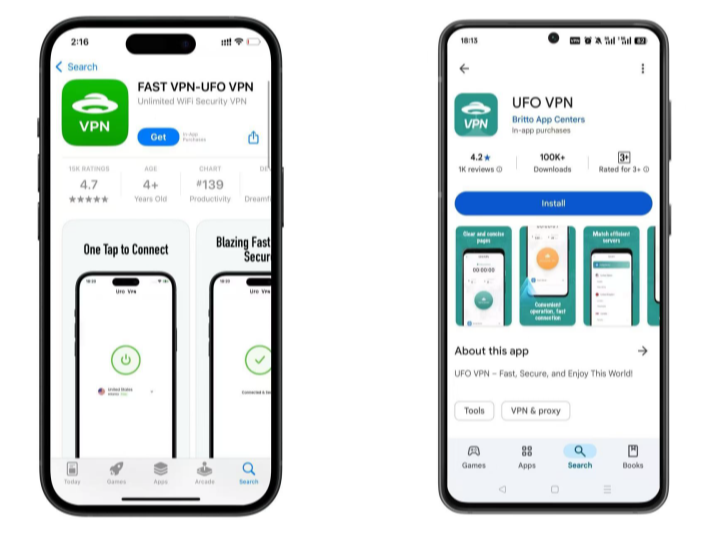
Open the app, choose a server location with a Netflix VPN server or Fast VPN connections include a free US server, free UK server and free Australia server. Tap the button to connect.
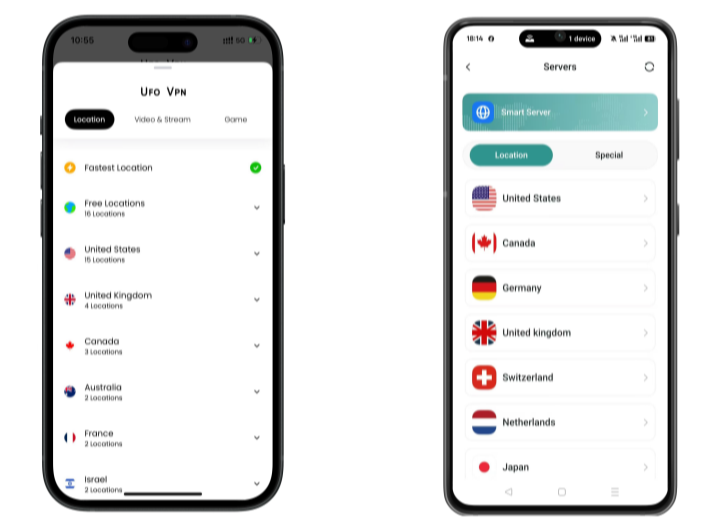
After connecting, visit an IP lookup tool to see your current location and ensure your IP changes after using the VPN.
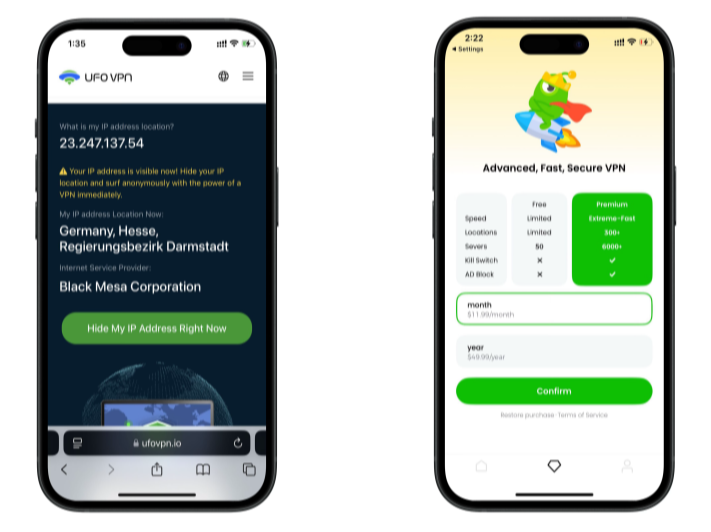
Once connected, visit your favorite shows and movies and start watching without geo-blocks or buffering!

The technology behind “fastest”: aero, power, tyres, and setup
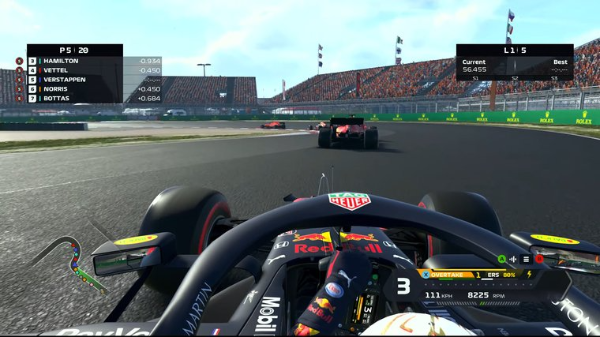
When fans debate the fastest F1 car of all time, they’re really discussing four interlocking systems:
Aerodynamics
Downforce lets drivers brake later and carry speed through corners. Today’s cars sculpt airflow from the front wing to the diffuser and floor; the ground-effect era (since 2022) uses under-floor tunnels to generate stable downforce with less turbulent wake. Great aero turns power into lap time—and explains why a car like the W11 could deliver that record lap average.
Power units
Hybrid V6 turbo power units harvest and deploy electrical energy for acceleration and efficiency. The best packages are powerful, reliable, and thermally efficient. While teams rarely publish exact 0–60 stats, modern cars launch to 60 mph in roughly the mid-two-second bracket, underscoring the explosive thrust behind the fastest F1 lap attempts.
Tyres and compounds
Tyres translate all that engineering into grip. Compounds that “switch on” quickly can transform qualifying into record-threatening laps. Over a race, heat management and degradation govern stint length, strategy, and whether a car can sustain “fastest” pace.
Setup and drag levels
Monza-style low-drag configurations chase higher Vmax and lap-speed averages; Monaco-style high downforce sacrifices peak speed for cornering traction. The magic of the fastest F1 car of all time is achieving the best compromise for each venue.
FAQs
What counts most when deciding the fastest F1 car of all time?
Most analysts prioritize fastest average lap speed, because it captures a car’s total performance across braking zones, corners, and straights. By that measure, the Mercedes W11’s Monza benchmark leads the conversation about the fastest F1 car of all time.
So which car owns the top speed—straight-line only?
For official Grand Prix sessions, the Williams FW38 hit 378 km/h (234.9 mph) at Baku 2016, the headline F1 top speed record in qualifying trim.
Did an F1 car ever go faster than that outside race trim?
Yes. A modified Honda RA106 reached 397.36 km/h (246.908 mph) at the Bonneville Salt Flats—and even logged 413.205 km/h on a single pass, which didn’t count due to return-run rules. These aren’t race-legal speeds but prove what an F1 chassis can do.
Is the Mercedes W11 definitively the fastest F1 car of all time?
For average lap speed records, yes—the W11 holds the key metric that most fans consider decisive. It’s the benchmark many cite when they name the fastest F1 car of all time.










